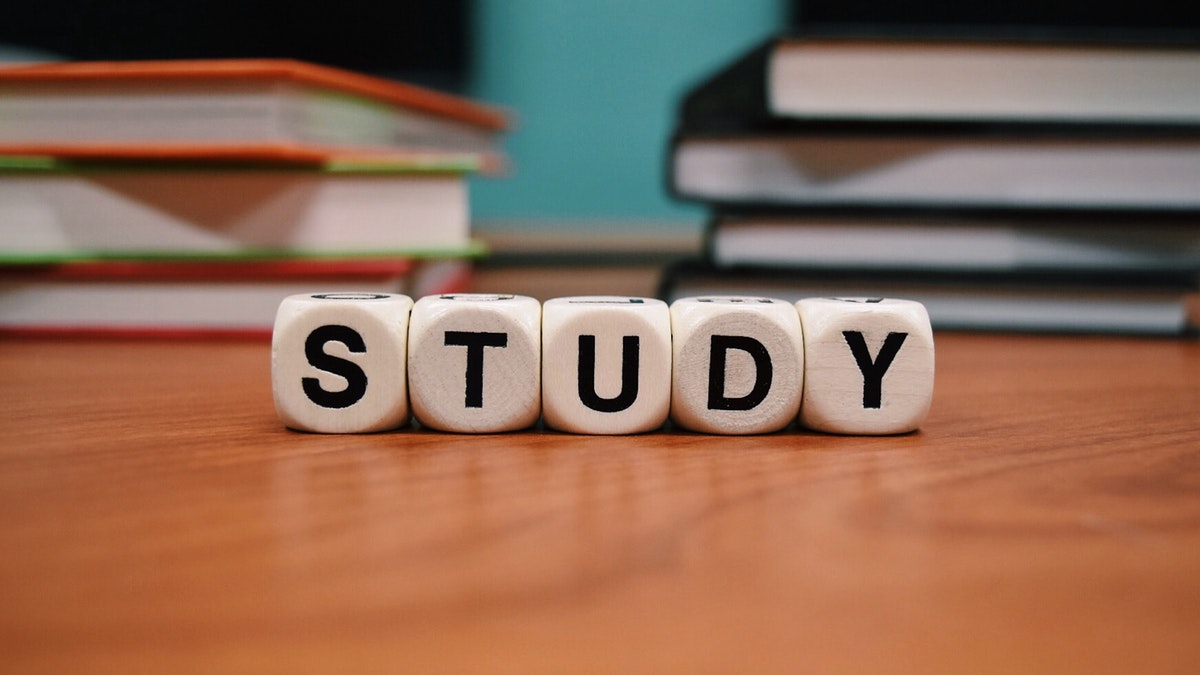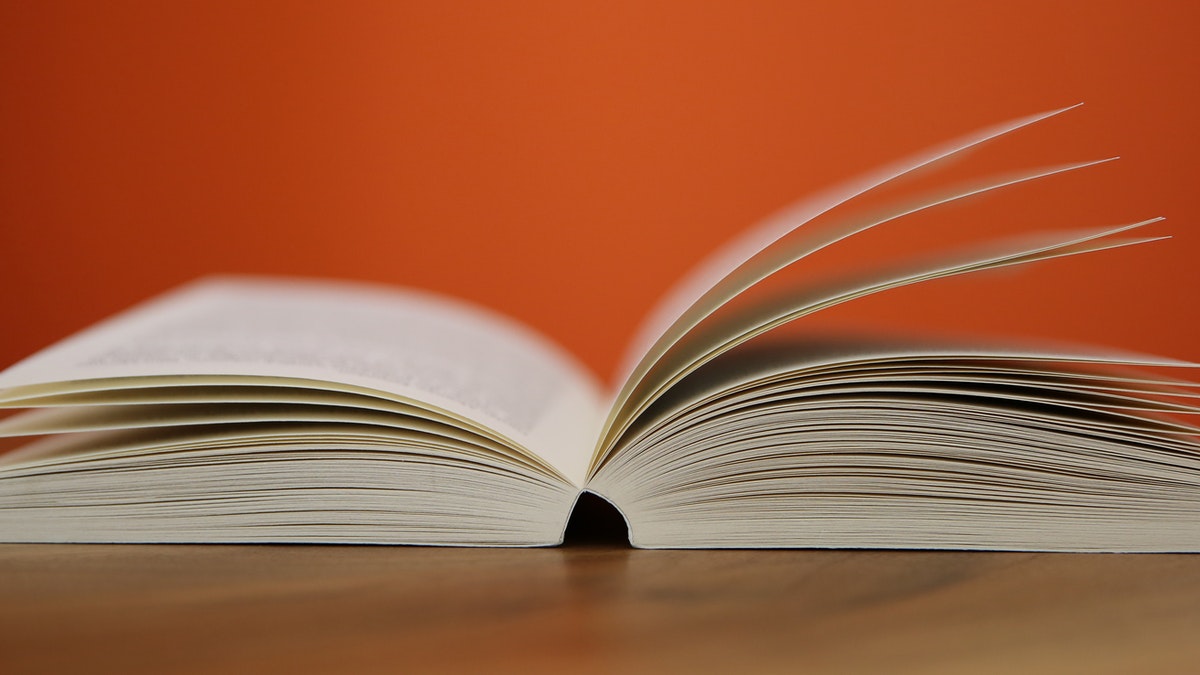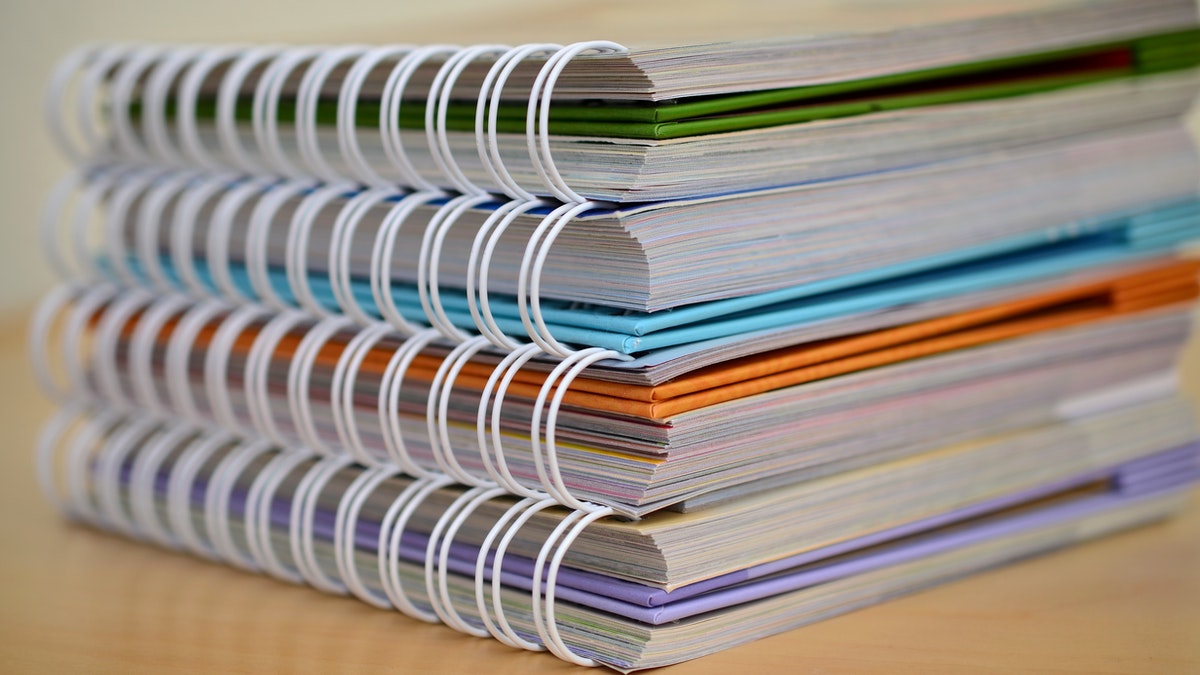Articles

NCERT Chapter Summary: Discovering Tut: The Saga Continues by A. R. Williams
"Discovering Tut: The Saga Continues" by A.R. Williams is an intriguing account of the discovery and excavation of the tomb of the ancient Egyptian pharaoh Tutankhamun, also known as King Tut. It explores the historical significance of the discovery and the mysteries surrounding the young pharaoh's life and death. Here are the important points of the story:

NCERT Chapter Summary: The Summer of the Beautiful White Horse
"The Summer of the Beautiful White Horse" by William Saroyan is a short story that revolves around the themes of honesty, friendship, and the loss of innocence. It is set in Fresno, California, during the Great Depression. Here are the important points of the story:

NCERT Chapter Summary: The Ailing Planet: The Green Movement's Role by Nani Palkhivala
"The Ailing Planet: The Green Movement's Role" is an essay written by Nani Palkhivala that focuses on the environmental challenges faced by the world and the role of the green movement in addressing these issues. Here are the important points discussed in the essay:

NCERT Chapter Summary: We're Not Afraid to Die... if We Can All Be Together by Gordon Cook and Alan East
"We're Not Afraid to Die... if We Can All Be Together" is a gripping true story written by Gordon Cook and Alan East. It recounts the authors' experiences as they embark on a perilous around-the-world sailing journey that tests their courage, resilience, and determination. Here are the important points of the story:

NCERT Chapter Summary: The Portrait of a Lady by Khushwant Singh
"The Portrait of a Lady" by Khushwant Singh is a short story that explores the themes of love, relationships, and the complexities of human nature. The story revolves around a young girl named Ameena, who becomes the object of affection for two men from different backgrounds. Here are the important points of the story:

NCERT Chapter Summary: The Book That Saved the Earth
"The Book That Saved the Earth" is a science fiction story written by Claire Boiko. It is a humorous and imaginative tale that explores the themes of the power of literature, the importance of knowledge, and the value of storytelling. The story follows a group of aliens who come across a mysterious book from Earth and its surprising impact on their society.

NCERT Chapter Summary: Bholi
"Bholi" is a short story written by K.A. Abbas. It addresses the themes of gender discrimination, self-acceptance, and the power of education. The story revolves around a young girl named Bholi, who faces ridicule and mistreatment due to her appearance but ultimately finds her strength and identity.

NCERT Chapter Summary: The Necklace
1. Why did Matilda think that she was born in a family of petty clerks by some error of destiny?
Matilda was a beautiful young lady with high dreams and aspirations. She had no dowry, no hopes, no fame and no wealth. She lost all hopes of marrying a man either rich or distinguished. She believed that she was born into a family of clerks only by some error of destiny. So, she allowed herself to marry a petty clerk in the office of the Board of Education.

NCERT Chapter Summary: The Making of a Scientist
1. How did Richard Ebright excite the scientific world at the age of twenty two?
Richard Ebright was just twenty-two when he ‘excited’ the scientific world with a new theory. It was on how cells worked. Ebright and his college room- mate explained the theory in an article in the ‘Proceedings of the National Academy of Science’. It was the first time that this famous scientific journal had ever published the work of college students.

NCERT Chapter Summary: Footprints Without Feet
1. Why were the two boys surprised and fascinated?
The two boys were highly surprised. They saw fresh muddy imprints of a pair of bare feet. They wondered what a barefooted man doing on the steps of a house in the middle of London. They saw only the footsteps but didn’t see the man whose marks they were. As they gazed, a fresh foot mark appeared from nowhere. The boys followed them fascinated. The marks became fainter and disappeared altogether.

NCERT Chapter Summary: A Question of Trust
1. Who was Horace Danby?
Horace Danby was about fifty years old and unmarried. Everyone thought that he was a good and honest citizen. He lived with a housekeeper who worried about his health. He suffered from the attacks of hay fever in summer. He made locks and was successful at his business. But he was not completely honest. He robbed a safe once a year to buy rare and costly books.

NCERT Chapter Summary: The Thief's Story
1. Why did Hari Singh think that Anil’s job was queer?
Anil contributed to magazines. He wrote for a living. He didn’t earn much. Nor did he have a regular income. He couldn’t afford to have a servant. So it was difficult for Hari Singh to understand his profession.

NCERT Chapter Summary: The Hundred Dresses - II
"The Hundred Dresses - II" is the sequel to the chapter "The Hundred Dresses - I" in the Class 10 English textbook. It continues the story of Wanda Petronski and explores the consequences of bullying and the power of remorse and forgiveness.

NCERT Chapter Summary: The Hundred Dresses - I
"The Hundred Dresses - I" is a chapter from the Class 10 English textbook that tells the story of a young girl named Wanda Petronski who faces bullying and prejudice in school. The chapter explores themes of empathy, kindness, and the impact of our words and actions on others.

NCERT Chapter Summary: A House is Not a Home
This story reflects the challenges of being a teenager, and the problems of growing up. The narrator in this story is a teenager who finds it difficult to make new friends and adjust to a new place. He feels lonely and depressed. But soon his misconceptions about people are removed.

NCERT Chapter Summary: The Last Leaf
The story ‘The Last Leaf’ is a story of supreme sacrifice by an old artist. The old artist Behrman paints a masterpiece to keep someone’s hopes and willpower alive. He dies in this good cause. His sacrifice fulfils his ambition of creating a masterpiece too. Johnsy and Sue were two young artists.

NCERT Chapter Summary: Weathering the Storm in Ersama
This story is a true account of the devastation brought about in Orissa (now Odisha) in 1999 by a super cyclone. On 27th October 1999, Prashant, a young boy of 19, went to Ersama to his friend’s house. Ersama is a small town in coastal Orissa which is eighteen kilometres from village.

NCERT Chapter Summary: The Happy Prince
This is the story of the statue of a prince and a little swallow who, in order to help the poor, sacrificed their lives. There was the statue of a prince called the Happy Prince standing on a tall pillar high above the city.

NCERT Chapter Summary: In the Kingdom of Fools
It is the story of a kingdom where the king and his minister both were idiots. They had ordered that the night be treated as day and all the people should work only after dark. They should go to bed as soon as the sun came up. The king’s orders were followed by the people for fear of death. This delighted the king and his minister.

NCERT Chapter Summary: Iswaran the Storyteller
Mehendra was a junior supervisor in a firm which offered on hire supervisors at different sites. He was a bachelor. A cook, Iswaran,ss was attached to him. Iswaran cooked for him, washed his clothes and performed other household chores.

NCERT Chapter Summary: The Adventures of Toto
The narrator’s grandfather loved animals. He had his own private zoo. He bought a baby monkey from a tonga-driver and named it Toto. He wanted Toto to add to his collection for the zoo. The narrator’s grandmother did not like his pets. So, Toto’s presence was kept a secret.

NCERT Chapter Summary: The Lost Child
This story highlights a child’s love for his parents. It is the festival of spring. Everyone is going to a fair. The child is very happy and excited because he is also going to the fair with his parents. On the way to the fair, the child is fascinated by the natural beauty. He enjoys every moment.

NCERT Chapter Summary: Packing
Preparing for a trip is sometimes more fun than the trip itself. In this story, the author and his friends, George and Harris, are packing for a trip. It is a humorous story. The humour lies in the funny actions of the author and his friends.

NCERT Chapter Summary: My Childhood
Dr. Kalam in his autobiography tells us about his childhood. One of the world’s greatest scientists. Dr. Kalam was born it to a middle-class Muslim family in 1931 at Rameswaram. His journey from a middle-class family in Rameswaram to the President’s House was not a smooth one.

NCERT Chapter Summary: The Snake and the Mirror
"The Snake and the Mirror" is a frightening tale told in a humorous way. The story has been written by V.M. Basheer, a well-known Malayalam writer. The incident in the story is both humorous and frightening. It also has a surprise ending.

NCERT Chapter Summary: A Truly Beautiful Mind
Albert Einstein was born on March 14, 1879, in the German city of Ulm. He had a large head and his mother thought that he was a freak. He was a late talker. He could never adjust with his playmates who used to call him ‘Brother Boring.’

NCERT Chapter Summary: The Little Girl
All fathers are not alike. Some show their love and affection for their children and play with them. Others also love and care for their children but they show it by working hard for them and giving them instructions and advice.

NCERT Chapter Summary: The Sound of Music
Evelyn Glennie is a multi-percussionist. She can play about one thousand instruments with perfection. She listens to sound without hearing it! She fought against a physical disability and became a source of inspiration for thousands of disabled persons.

NCERT Chapter Summary: Sets
The concept of set serves as a fundamental part of the present day mathematics. Today this concept is being used in almost every branch of mathematics. Sets are used to define the concepts of relations and functions. The study of geometry, sequences, probability requires the knowledge of sets.

NCERT Chapter Summary: Probability (Class 11)
In earlier classes, we studied about the concept of probability as a measure of uncertainty of various phenomenon. We have obtained the probability of getting an even number in throwing a die as 3/6 or 1/2. Here the total possible outcomes are 1,2,3,4,5 and 6 (six in number).

NCERT Chapter Summary: Introduction to Three Dimensional Geometry
To locate the position of a point in a plane, we need two intersecting mutually perpendicular lines in the plane. These lines are called the coordinate axes and the two numbers are called the coordinates of the point with respect to the axes.

NCERT Chapter Summary: Conic Sections
In this Chapter, we will study about some curves - circles, ellipses, parabolas and hyperbolas. The names parabola and hyperbola are given by Apollonius. These curves are in fact, known as conic sections or more commonly conics because they can be obtained as intersections of a plane with a double napped right circular cone.

NCERT Chapter Summary: Biomolecules
Carbohydrates are optically active polyhydroxy aldehydes or ketones or molecules which provide such units on hydrolysis. They are broadly classified into three groups - monosaccharides, disaccharides and polysaccharides.

NCERT Chapter Summary: Solutions
A solution is a homogeneous mixture of two or more substances. Solutions are classified as solid, liquid and gaseous solutions. The concentration of a solution is expressed in terms of mole fraction, molarity, molality and in percentages.

NCERT Chapter Summary: Straight Lines
Two-dimensional coordinate geometry is a combination of algebra and geometry. A systematic study of geometry by the use of algebra was first carried out by celebrated French philosopher and mathematician René Descartes, in his book ‘La Géométry, published in 1637.

NCERT Chapter Summary: Sequences and Series
In mathematics, the word, "sequence" is used in much the same way as it is in ordinary English. When we say that a collection of objects is listed in a sequence, we usually mean that the collection is ordered in such a way that it has an identified first member, second member, third member and so on.

NCERT Chapter Summary: Permutations and Combinations
Suppose you have a suitcase with a number lock. The number lock has 4 wheels each labelled with 10 digits from 0 to 9. The lock can be opened if 4 specific digits are arranged in a particular sequence with no repetition. Some how, you have forgotten this specific sequence of digits.

NCERT Chapter Summary: Aldehydes, Ketones and Carboxylic Acids
Aldehydes, ketones and carboxylic acids are some of the important classes of organic compounds containing carbonyl group. These are highly polar molecules. Therefore, they boil at higher temperatures than the hydrocarbons and weakly polar compounds such as ethers of comparable molecular masses.

Ancient India
History is the study of past events. It helps us to understand those processes that enabled the early humans to successfully conquer their environment and develop the present-day civilization. It is an analysis of society, economy and cultural trends over a long period as reflected in available sources.